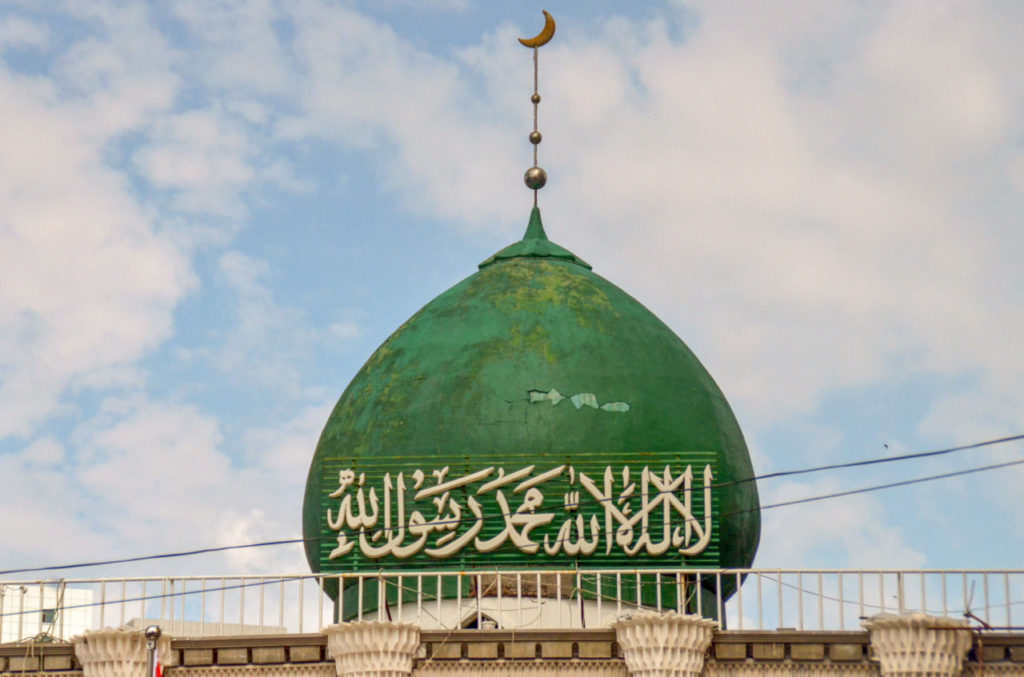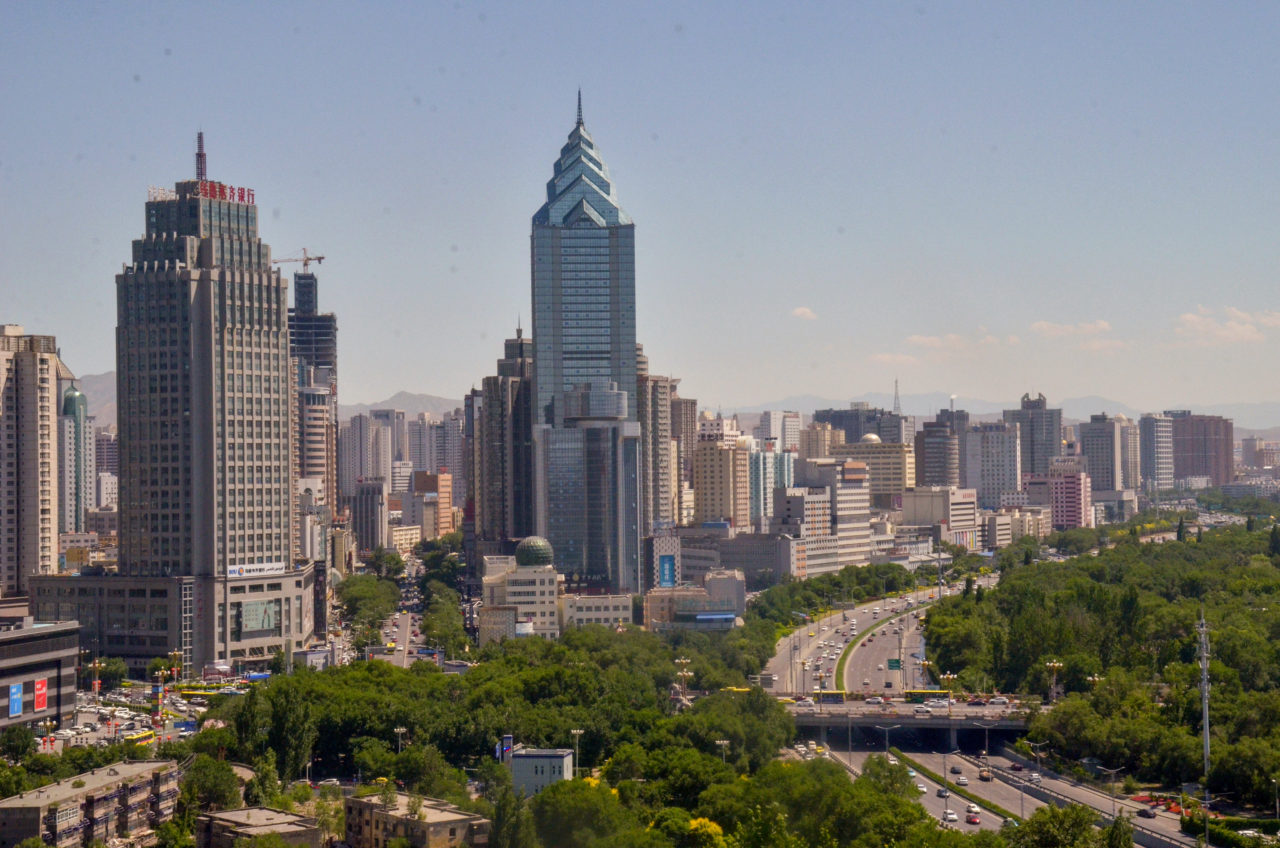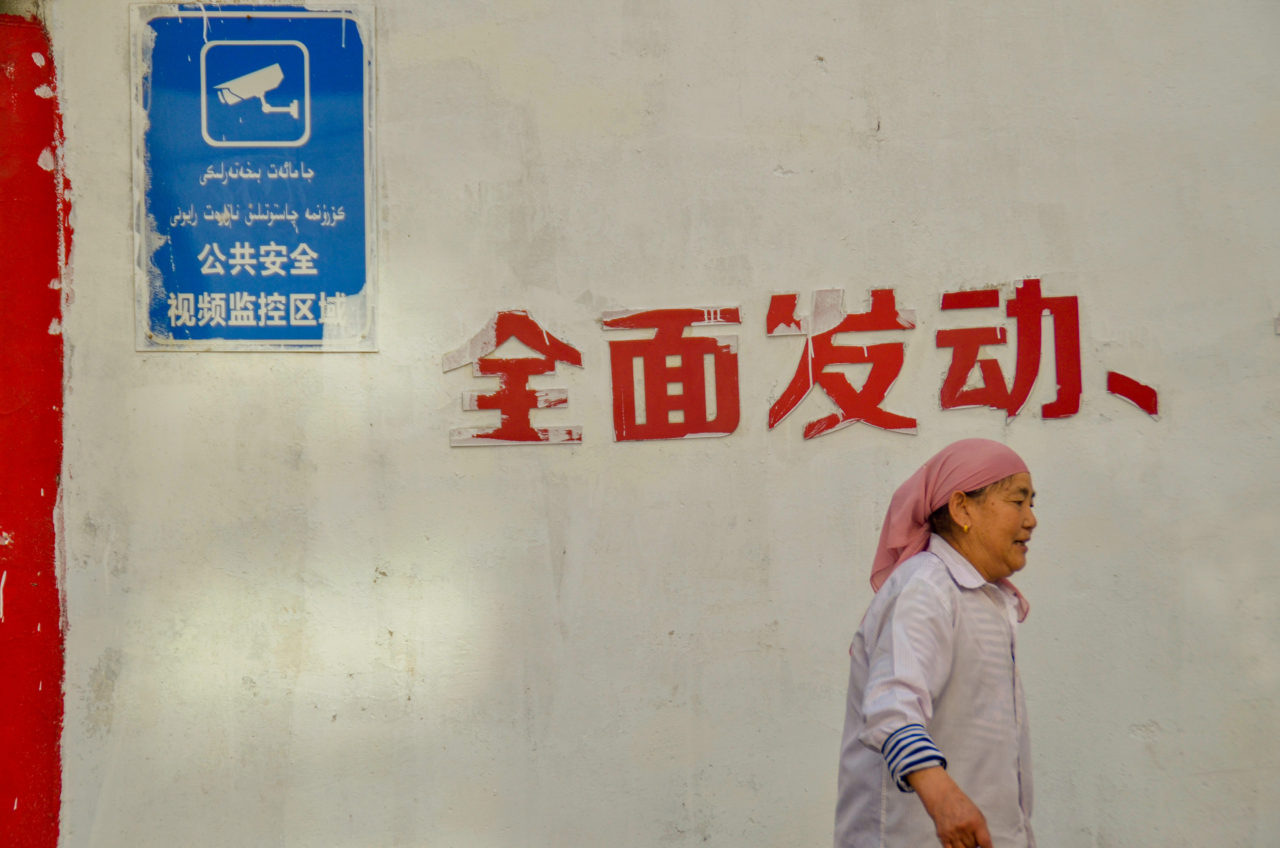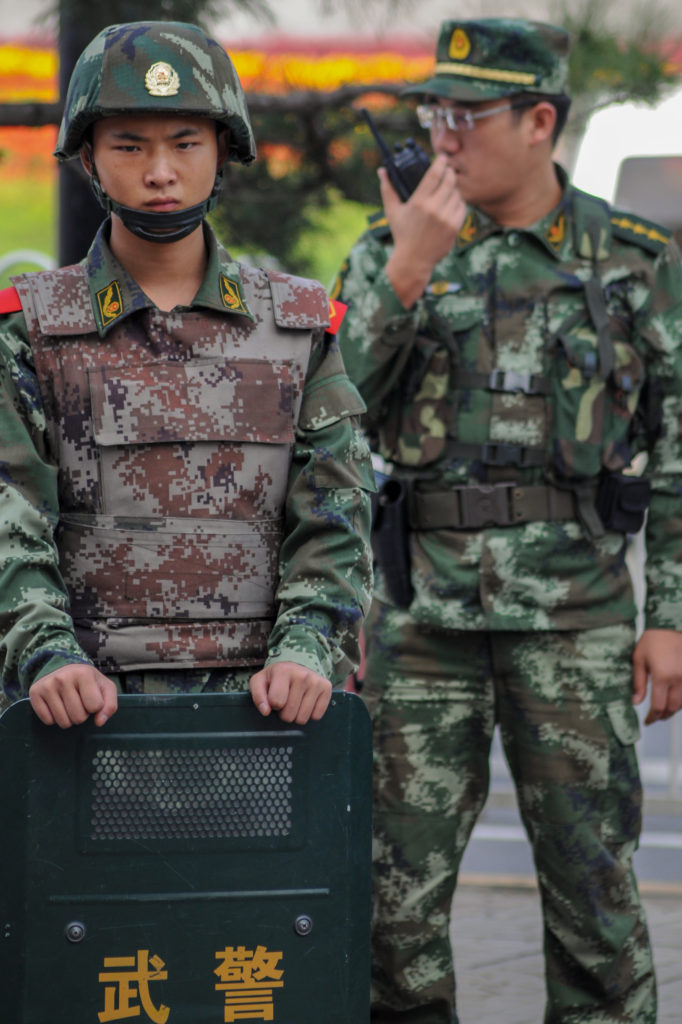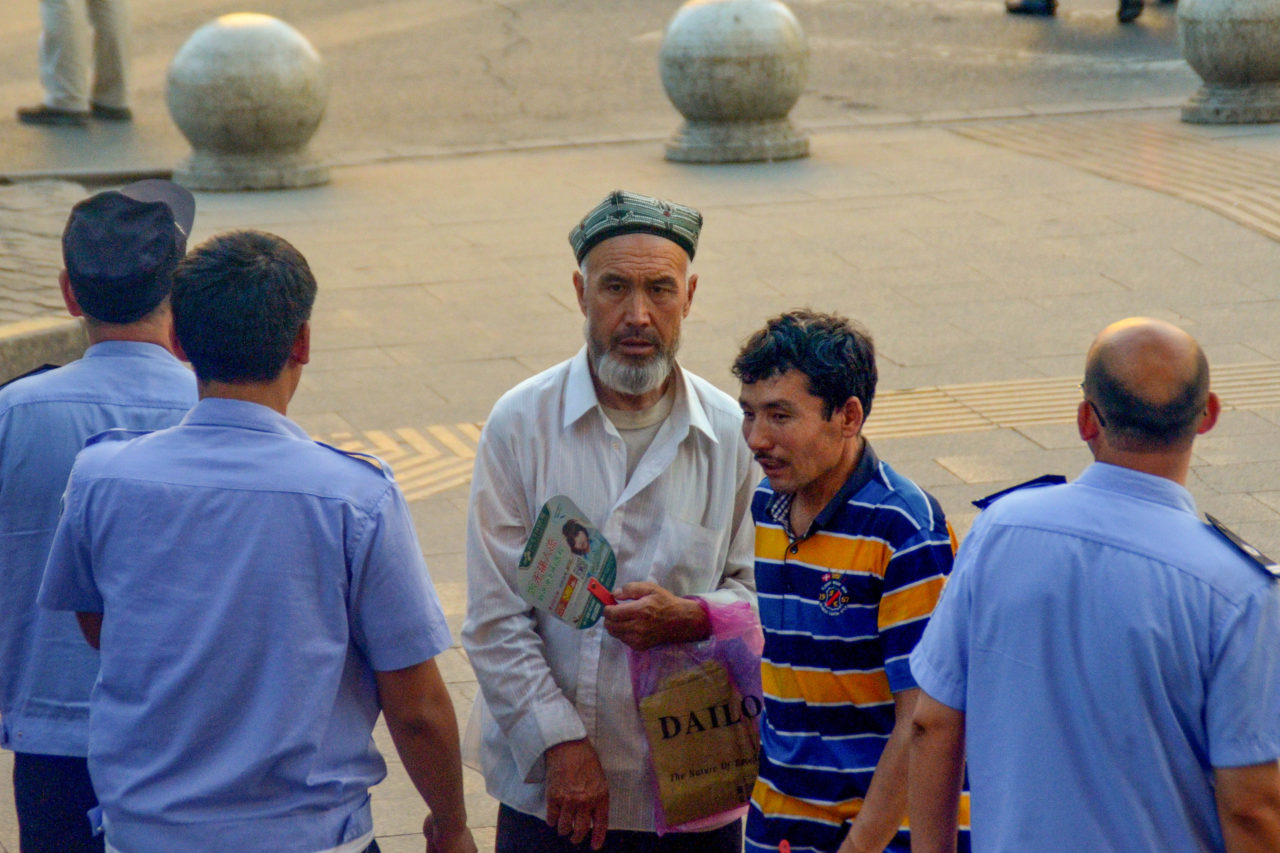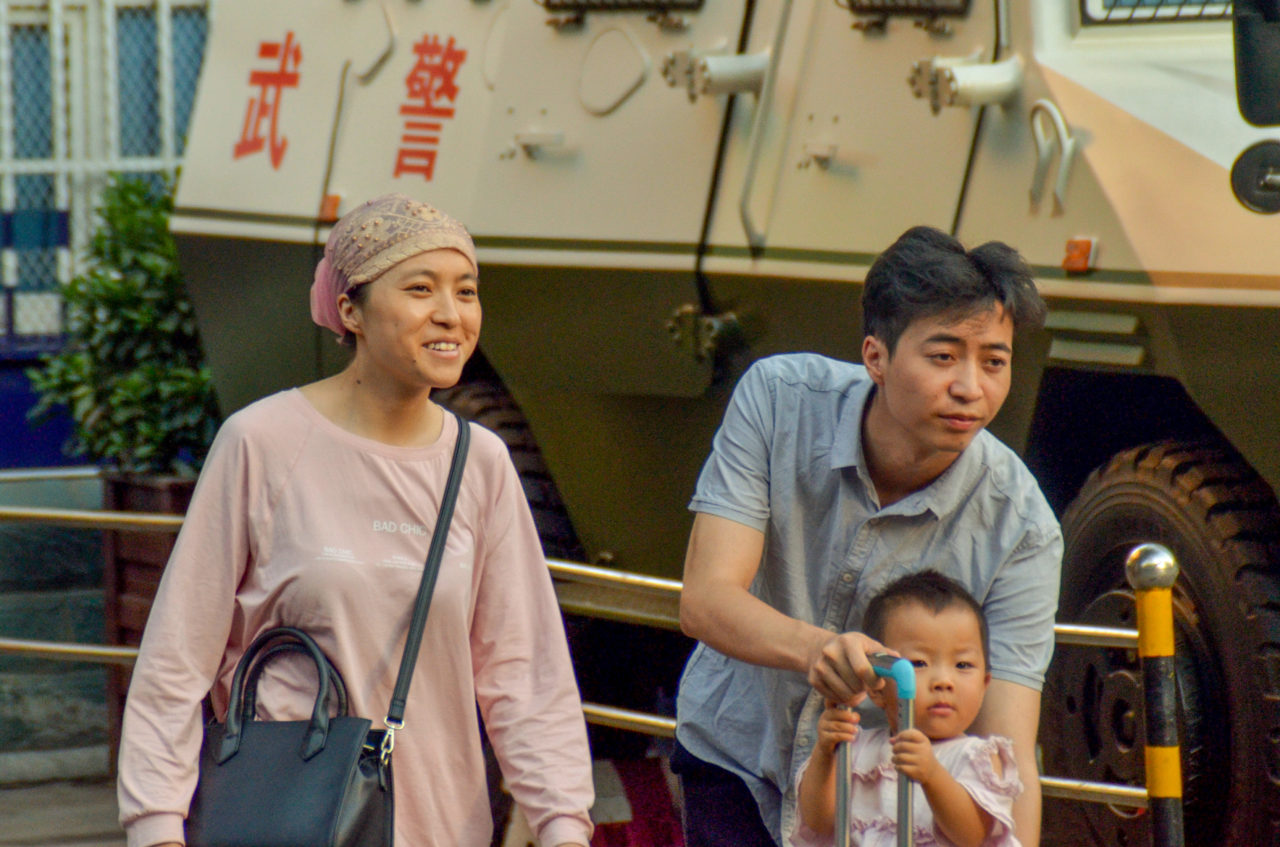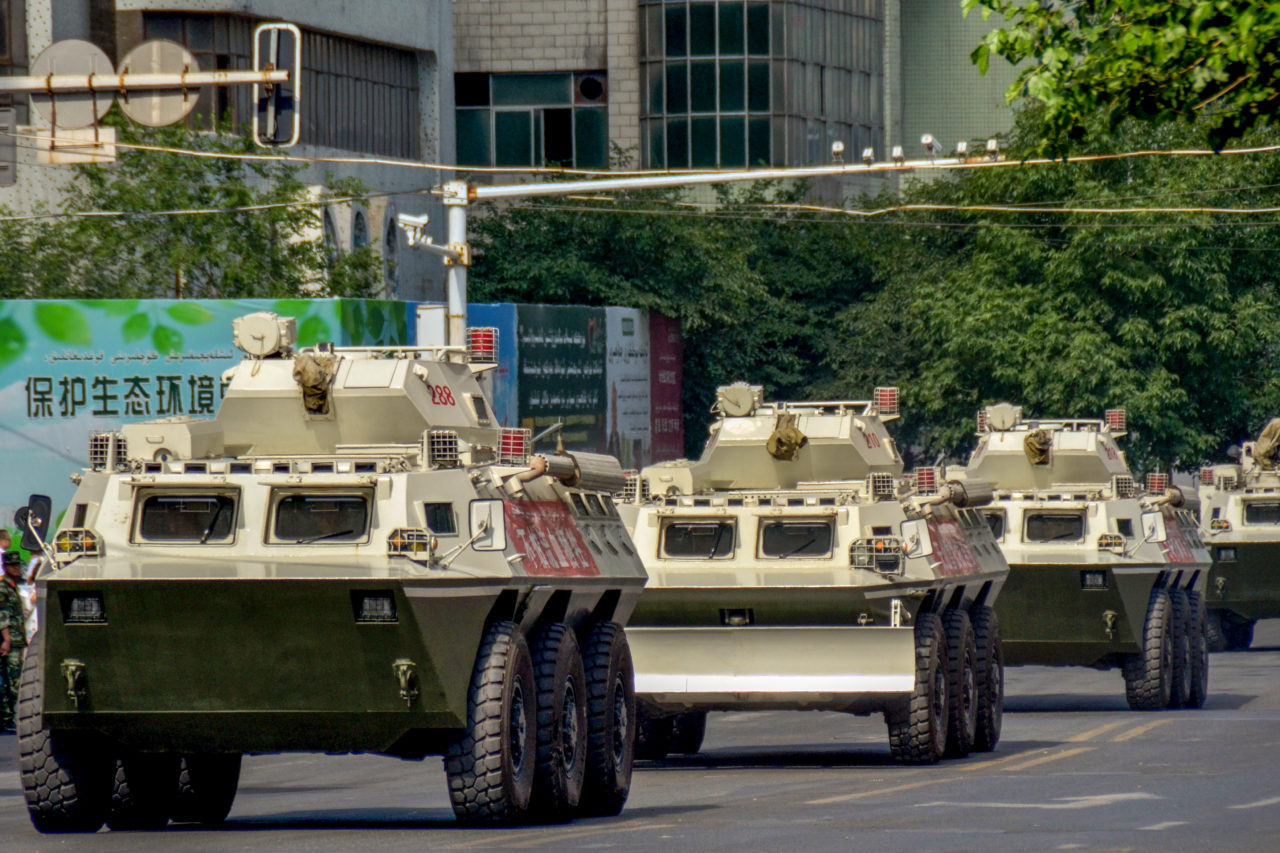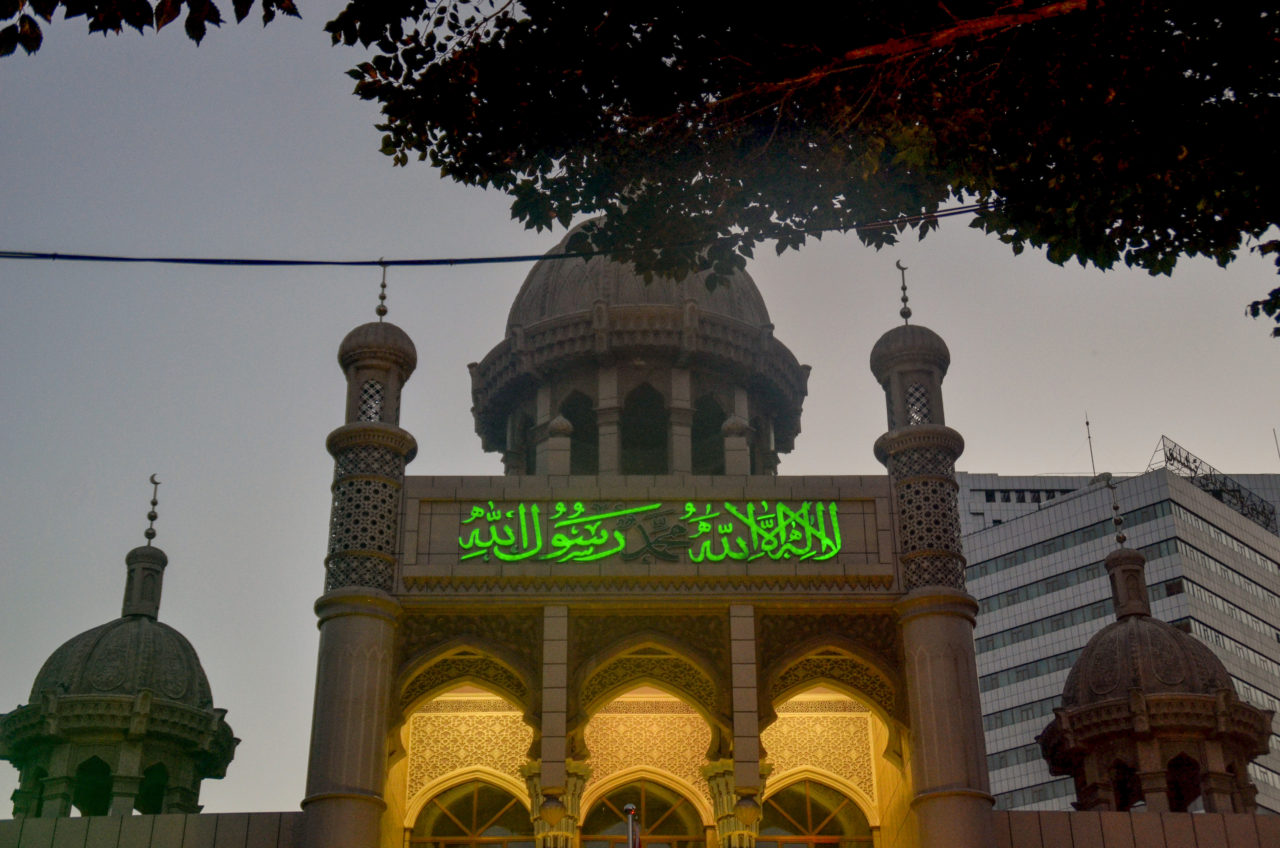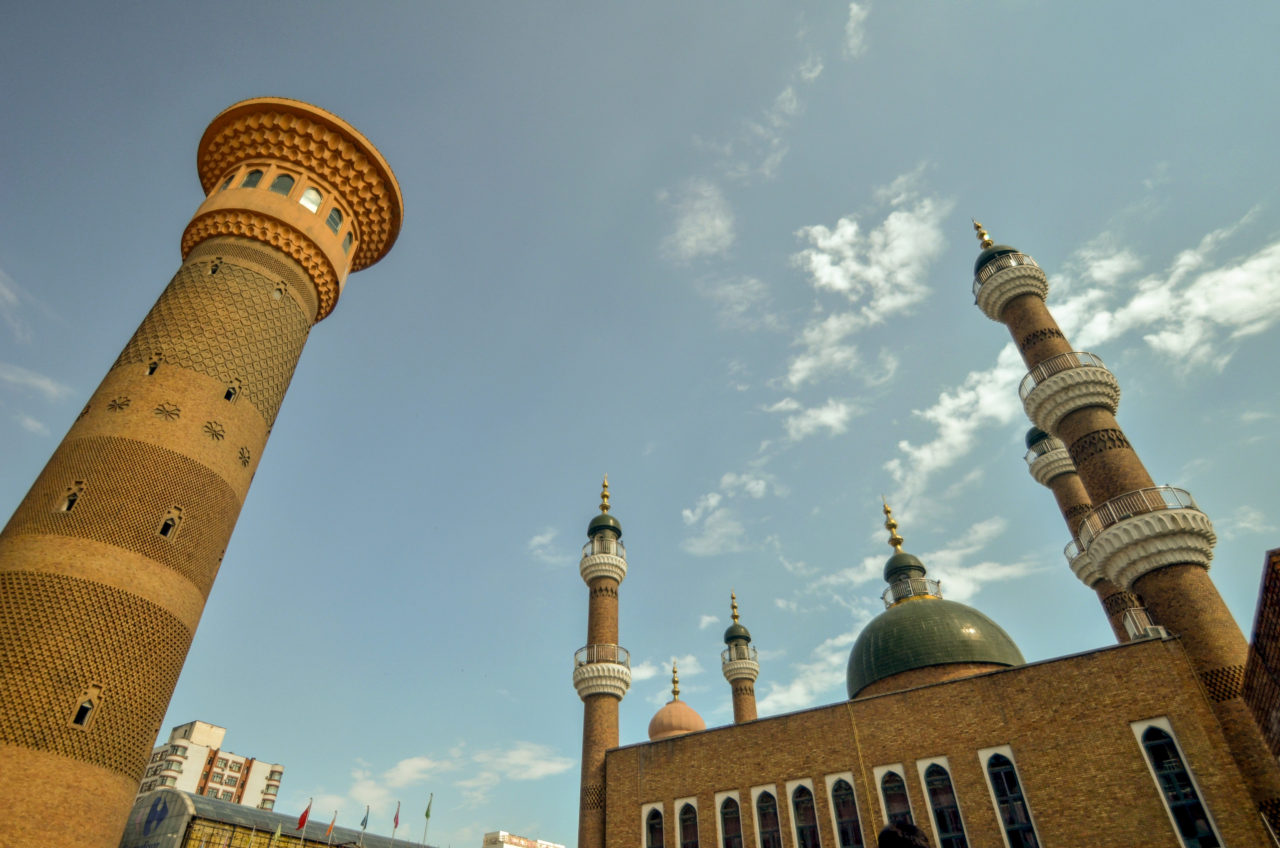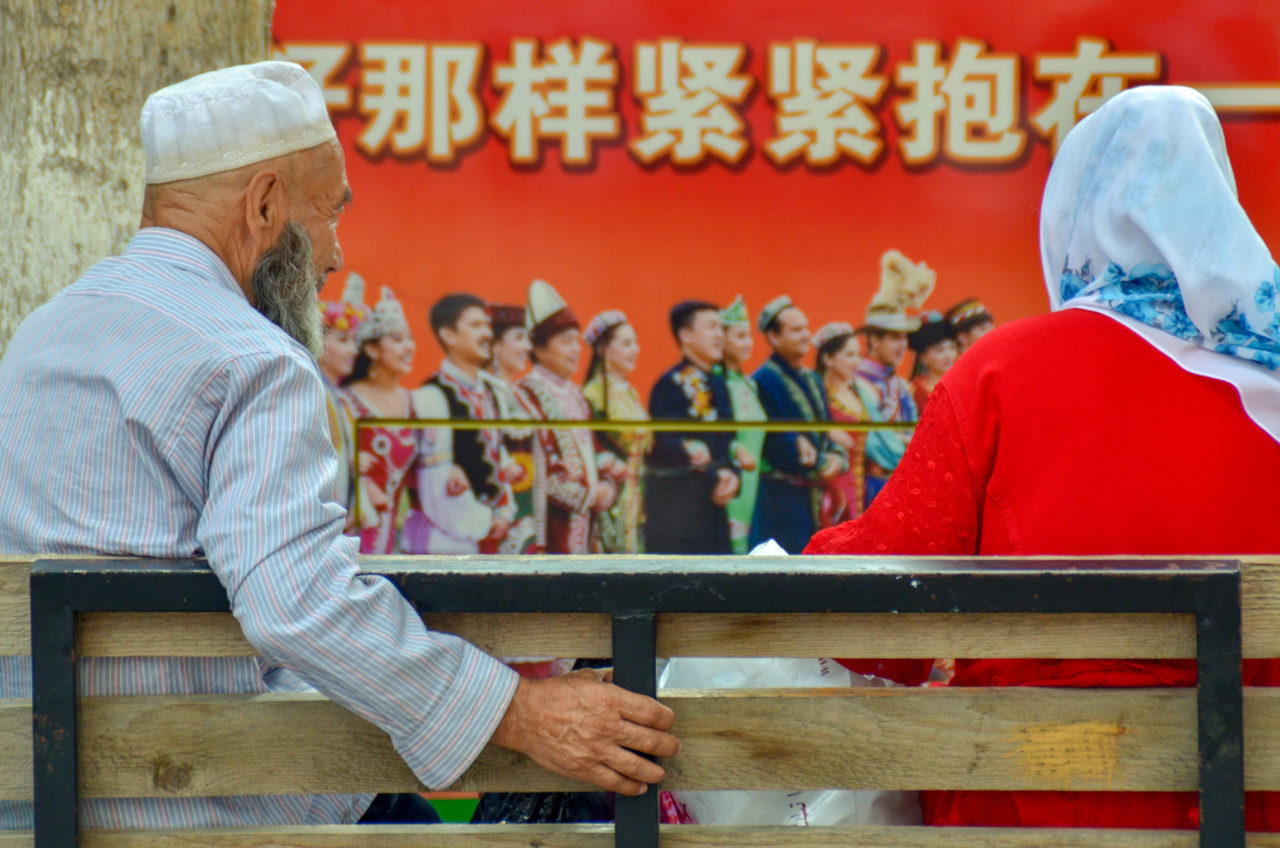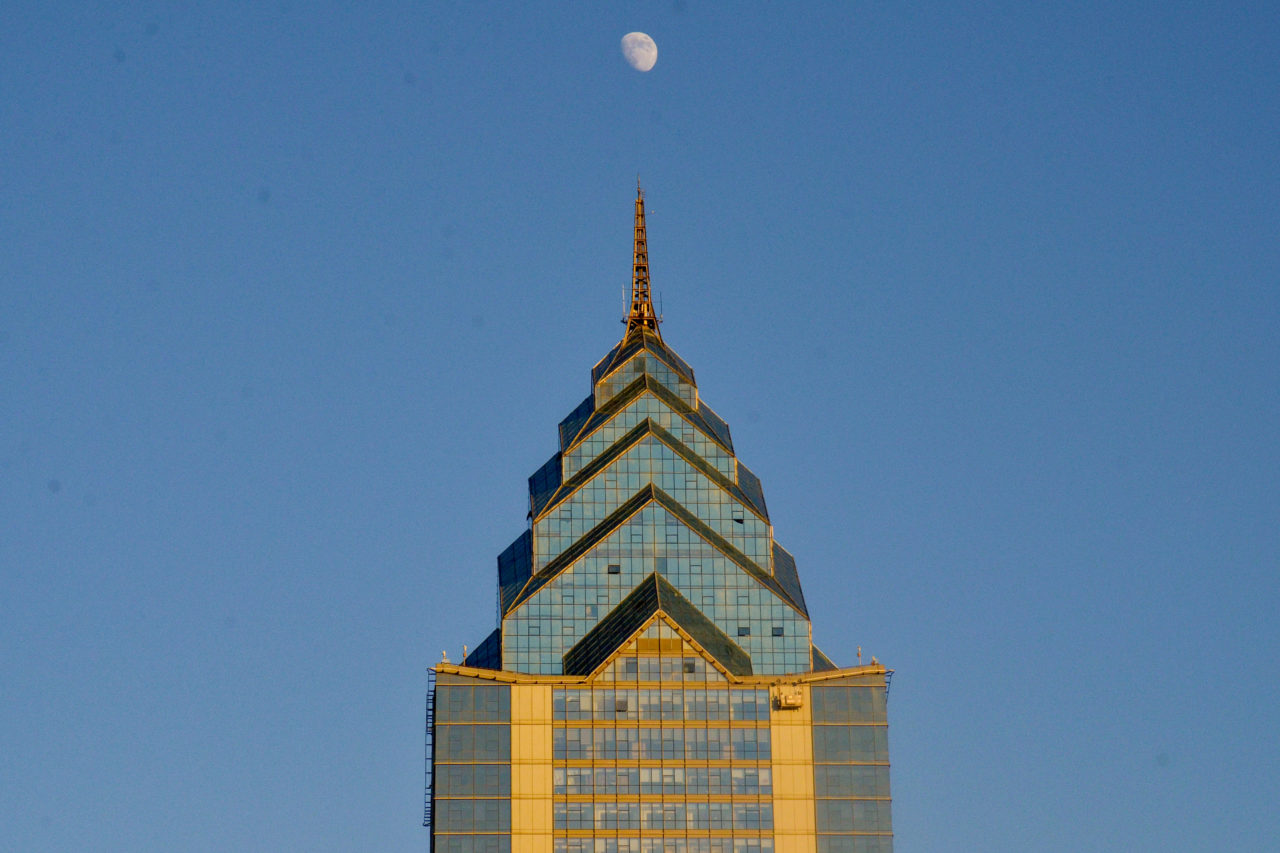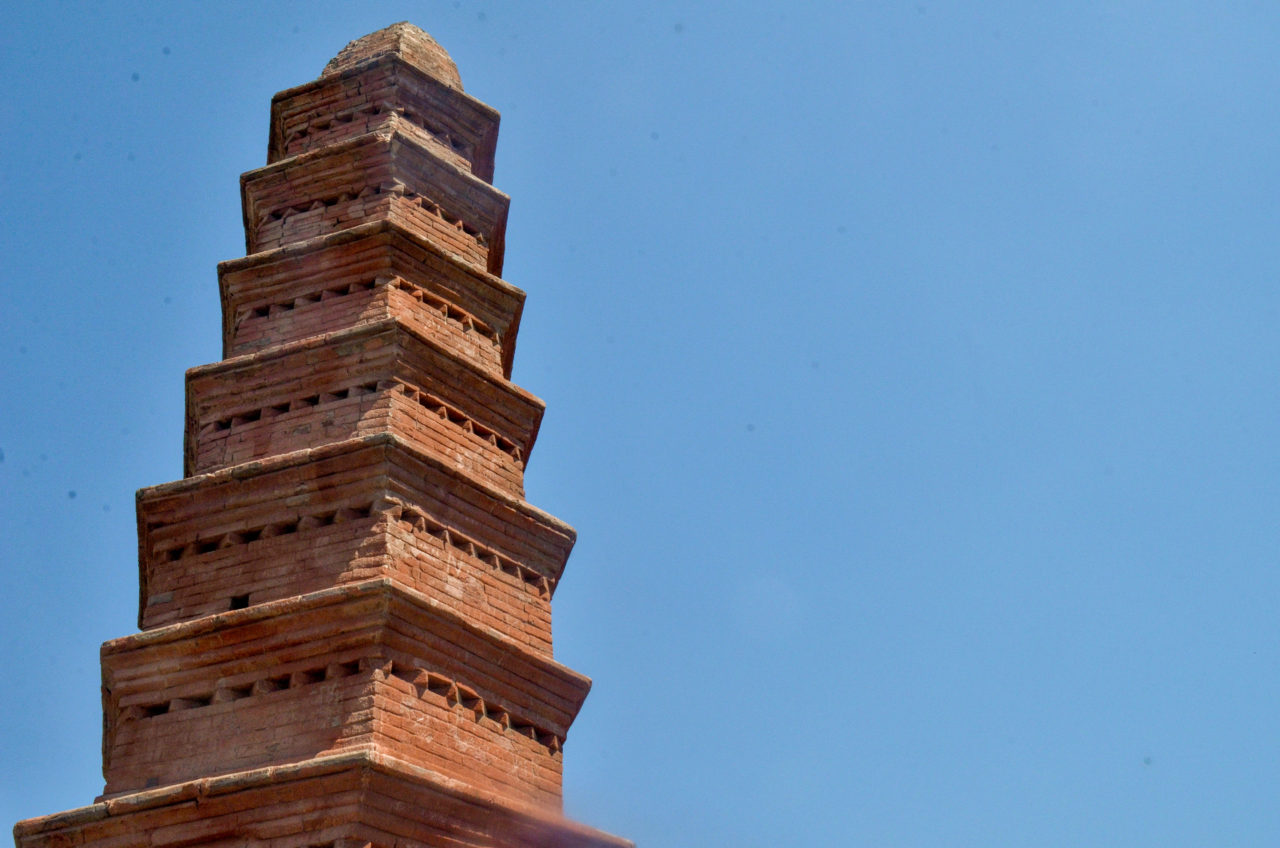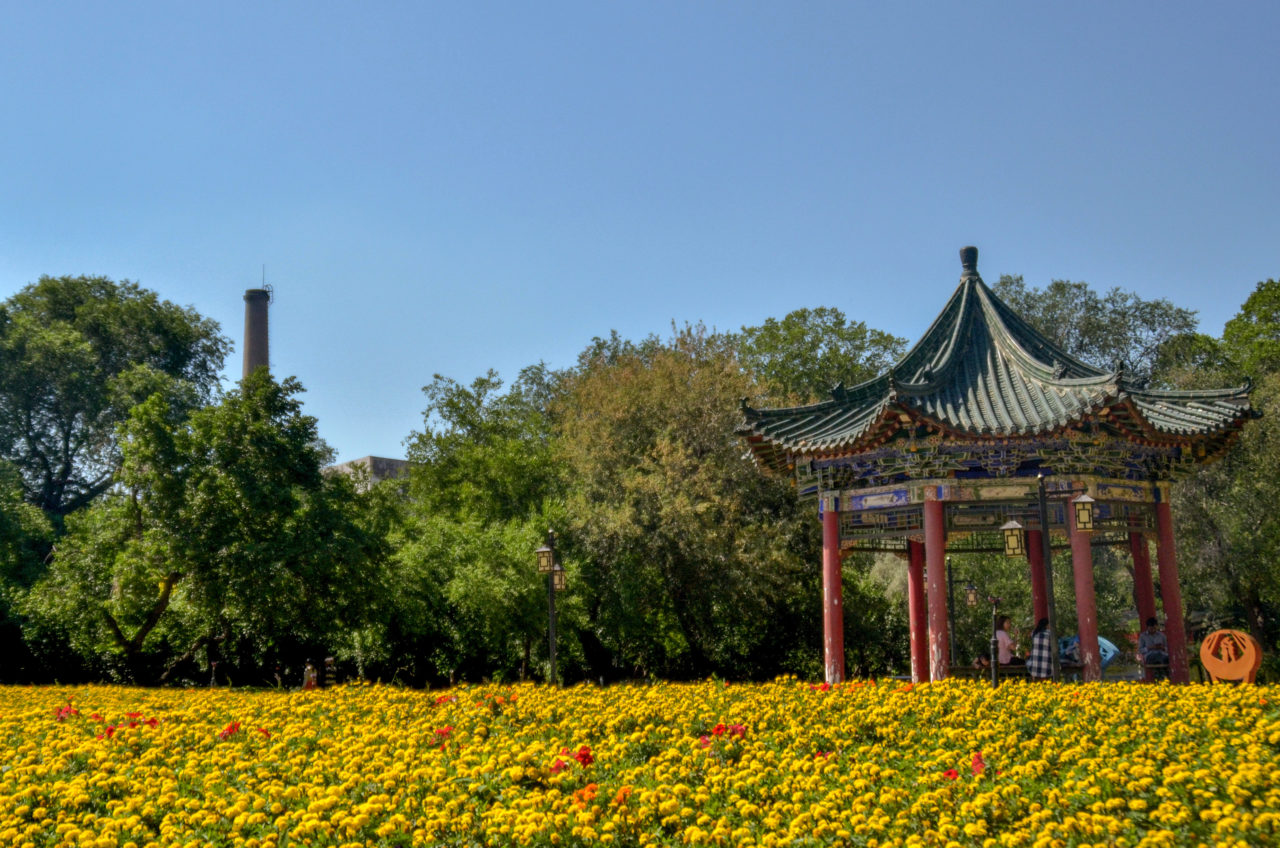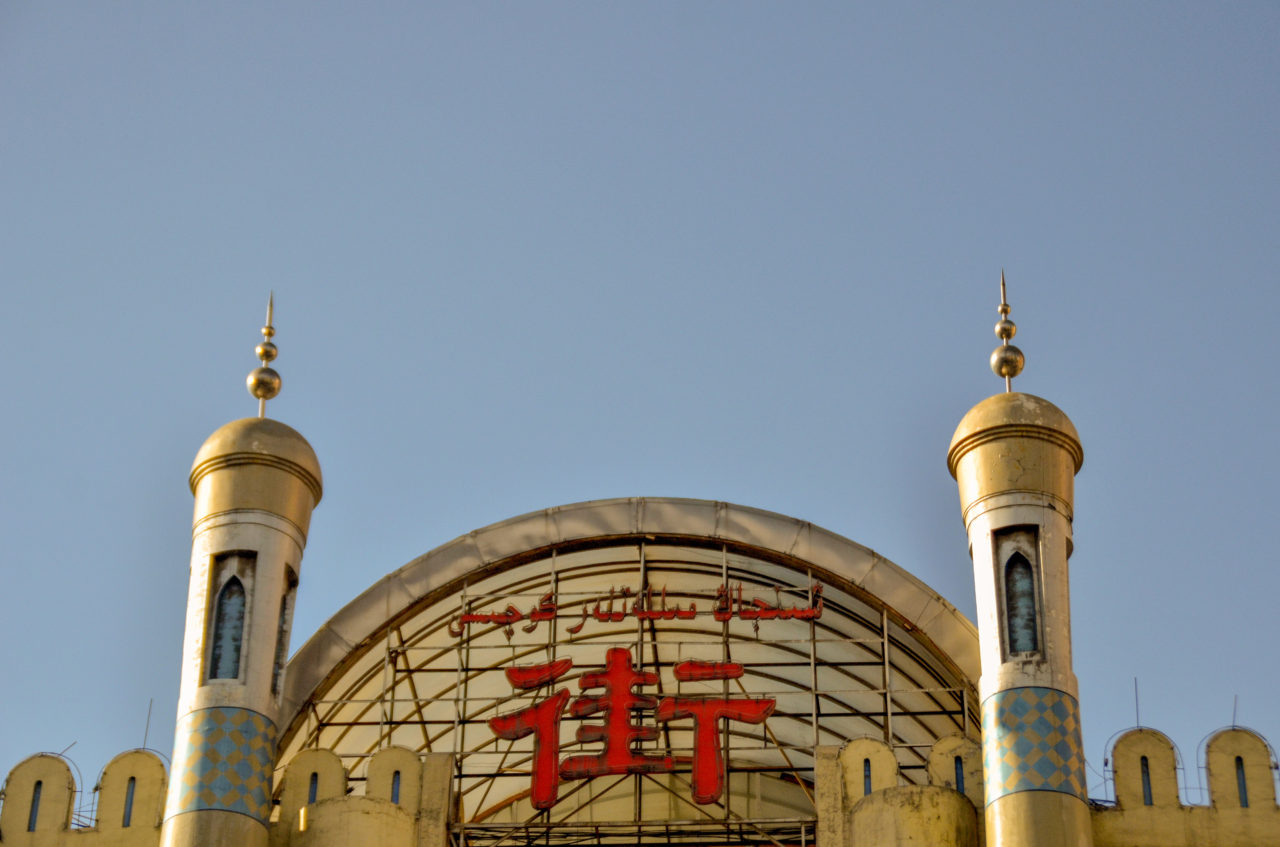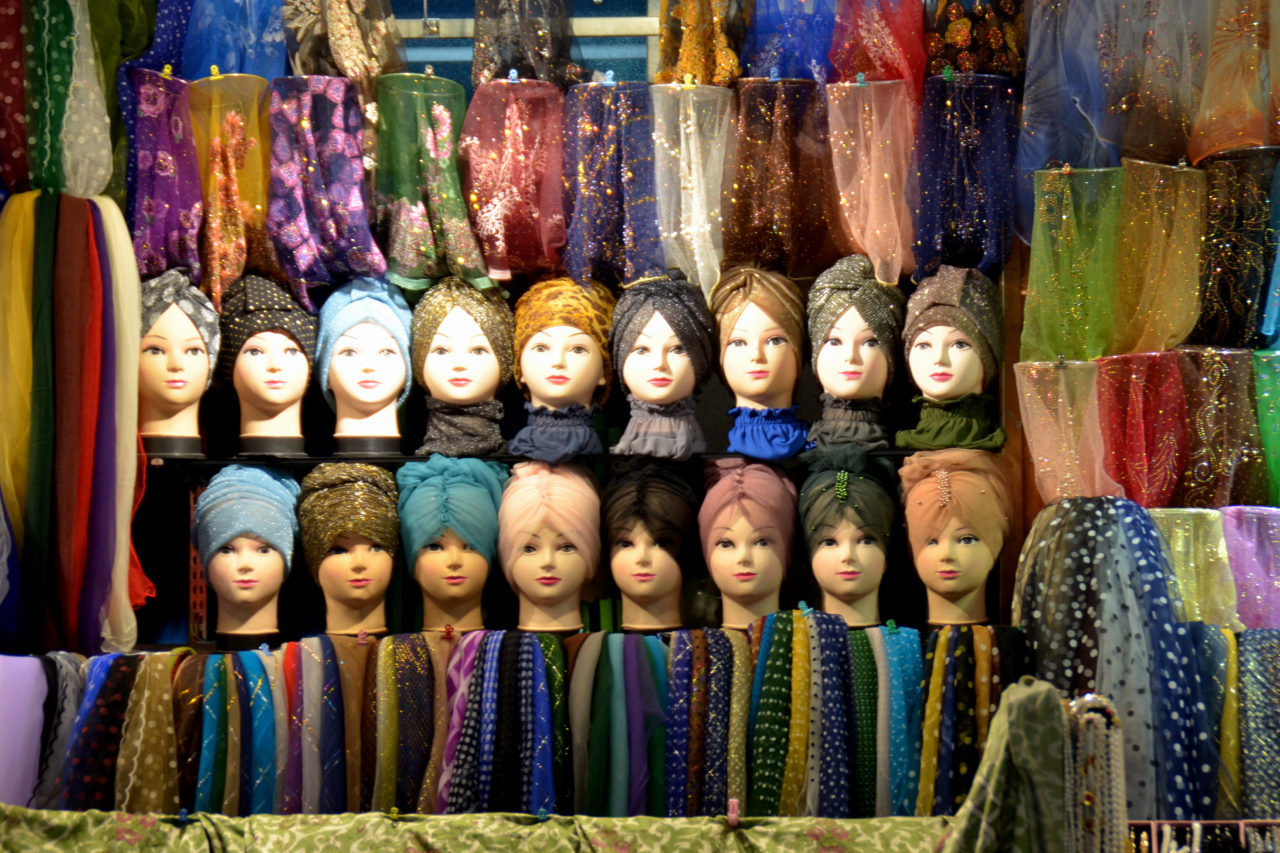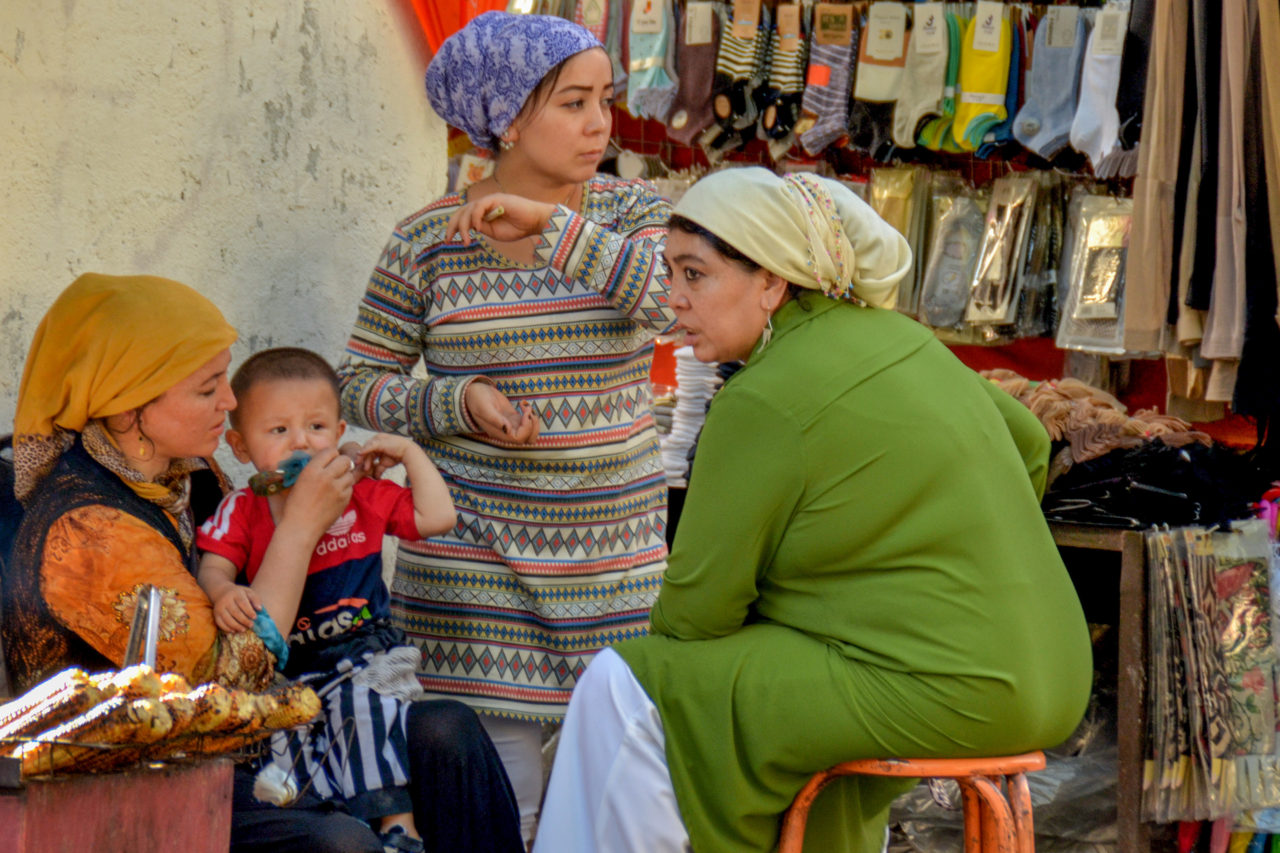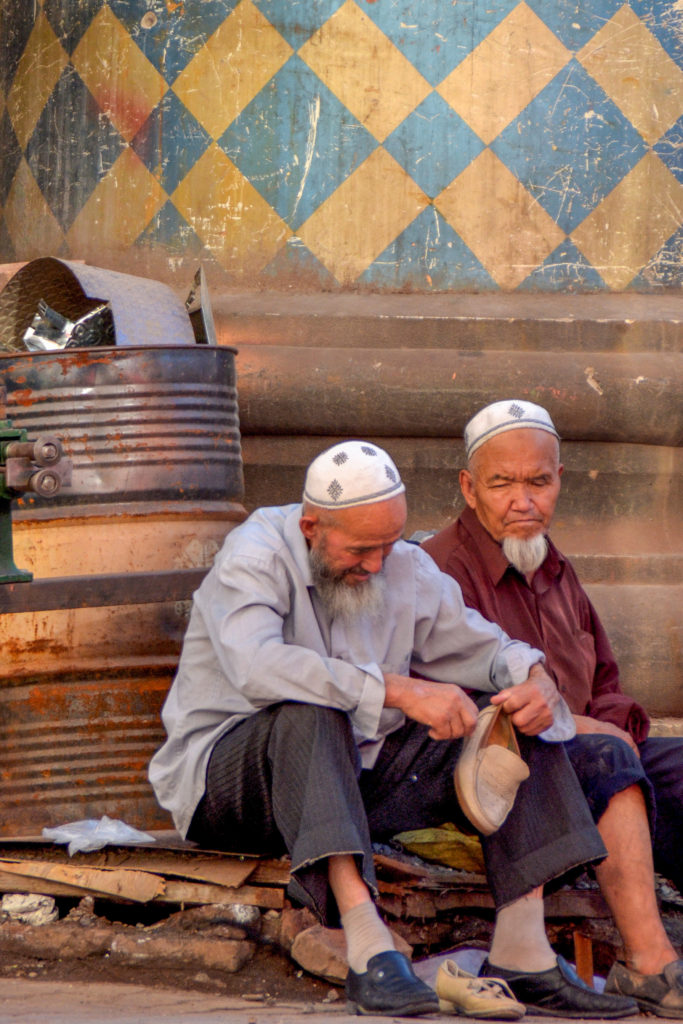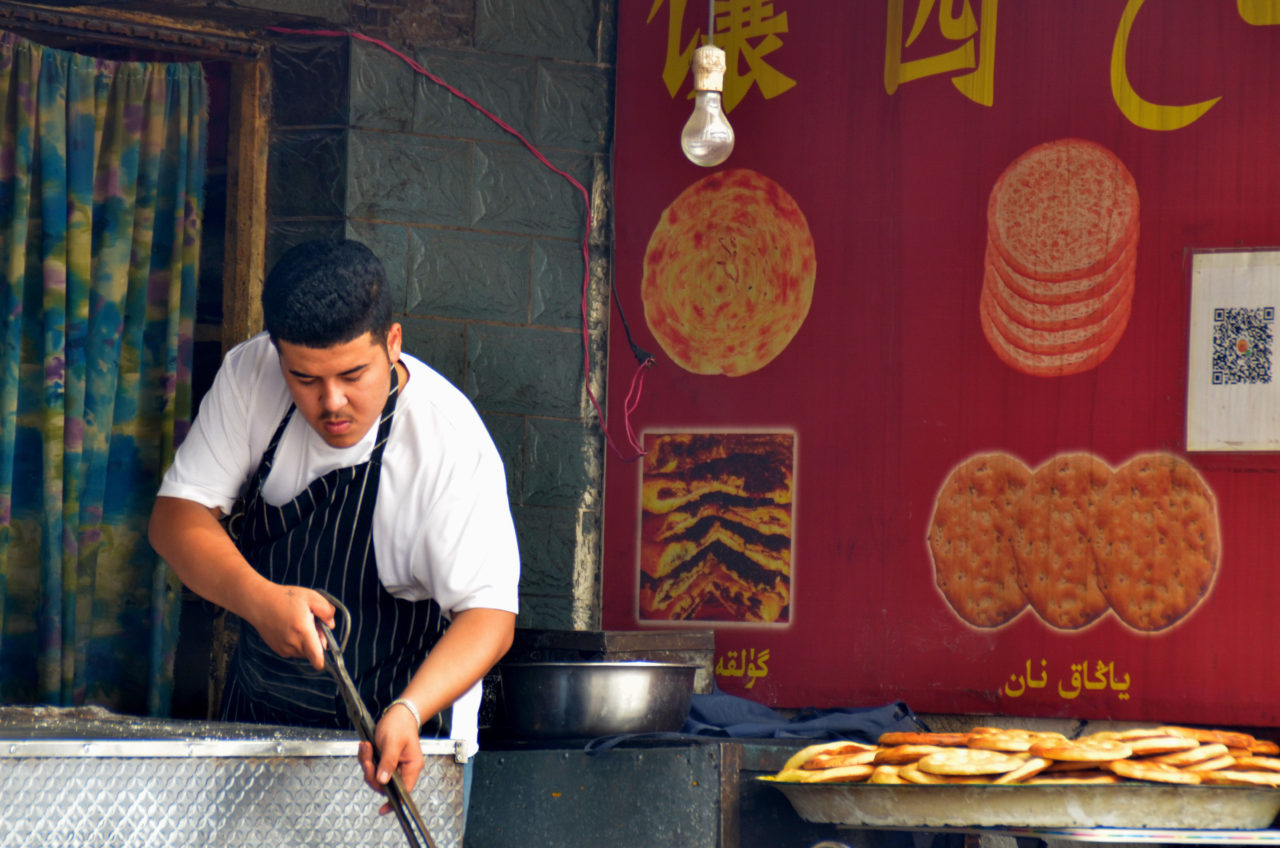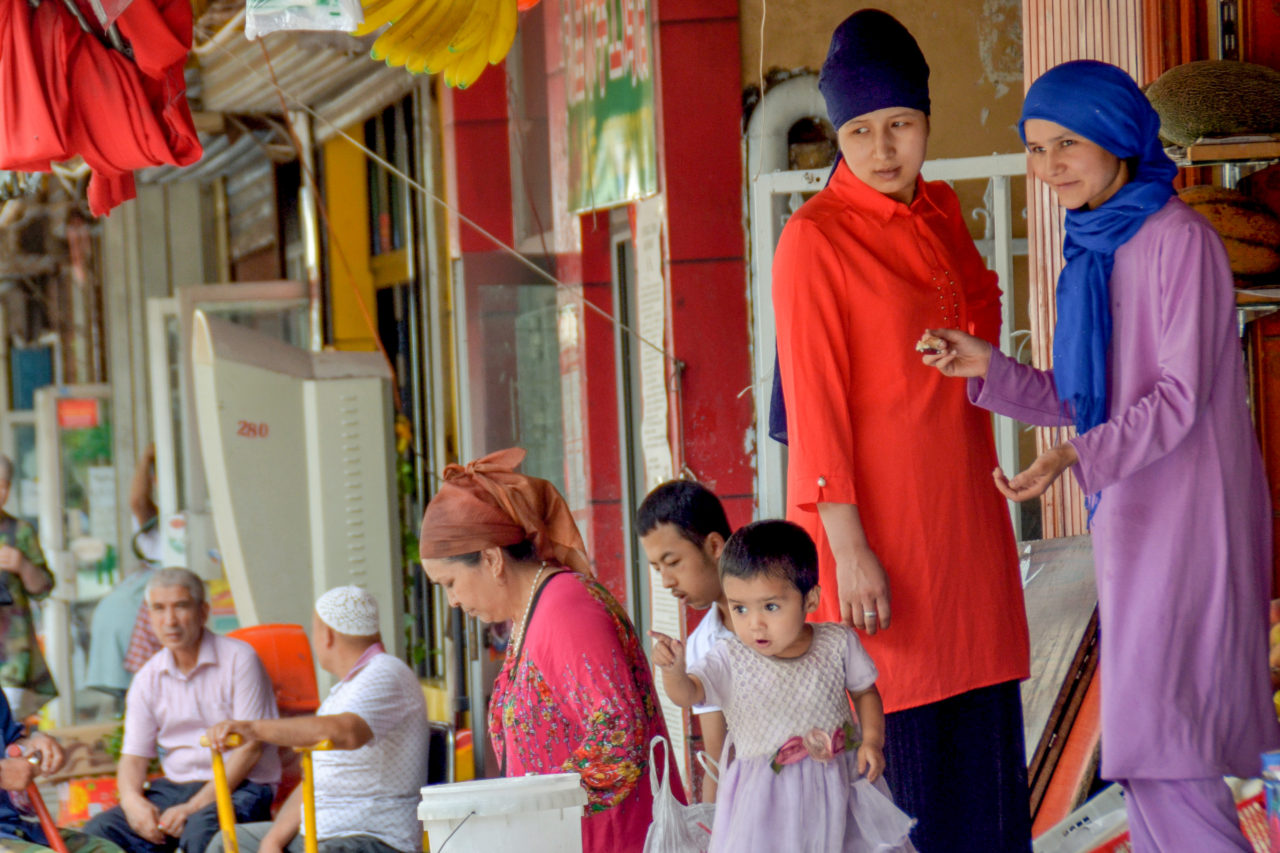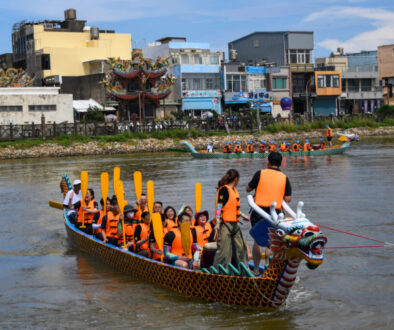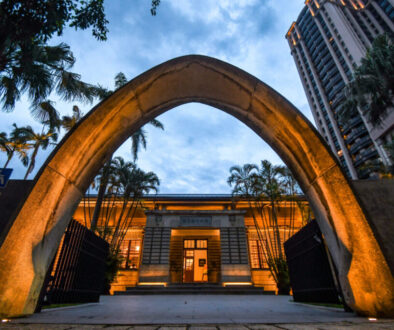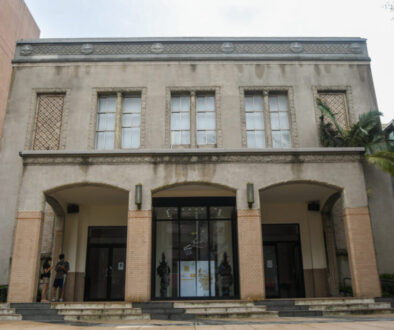Staying Safe in Urumqi
The New Frontier
For many, the entirety of Western China is shrouded in mystery. It is not until one lives in China that the veil is slowly lifted from the country’s largest region. Xinjiang or the Uyghur Autonomous Region every once in a while slips into international news. Even with the little media attention the land of the Uyghur’s receive, much is still unknown about this remote part of China.
Either due to the international communities ignorance or a genius stroke of design, Xinjiang might as well be a blank spot on the map. Most tourists traveling to China would rather see the romantic Great Wall of China or towering sandstone formations of Zhangjiajie. Places one typically associates with the classical notion of “China”.
China is not only Han, however. Out of the 56 different ethnic groups in the Middle Kingdom, most of them call China’s west home. At the center of the culturally and naturally diverse region of Xinjiang is it’s largest city: Urumqi. A city which is being shaped and molded into the Manhattan of Central Asia.
You can find a complete Urumqi travel guide here!
Taming the West
In the modern era, the one event that began the trend of the Chinese government tightening its grips on the personal freedoms of its citizens is the 2009 Urumqi riots. Facebook and other forms of social media being banned was just the tip of the iceberg of changes which this demonstration brought about.
It is also important to note that this wasn’t the first instance of terrorism which has been used by Uyghur separatist groups to try and fight for a newly independent nation they call East Turkestan. This was rather the last straw that brought more of a police presence to the politically unstable Xinjiang.
Nearly a decade after these events, terrorist attacks still occur every couple of years. Instead of furthering the Uyghurs cause for independence, they rather loose personal freedoms. While a military presence is immediately felt in Urumqi, many aspects of the city’s heightened security are largely exaggerated.
You can read more on safety in Xinjiang here!
What to Expect in Urumqi
While strolling down the streets of Xinjiang’s capital, be prepared to be questioned, have your bag inspected, and your phone searched. What makes these invasive checks special is that there is no racial profiling, no matter if you are a foreign tourist, Han, or Uyghur.
What some may find unsettling, however, are the military convoys complete with armored cars which are constantly paraded around the city. On the sides of these metal-clad beasts are banners written in both Chinese and Uyghur reading phrases such as: “We are not afraid to shed blood and sacrifice” ( A line from a popular military song: Iron Blood Loyalty 铁血忠诚)
Looking to get out of the city? Check out the nearby town of Turpan.
Visiting a Mosque in Urumqi
You may be accustomed to the metal detectors which are placed in front of every convent store and megamall, but even the mosques around Urumqi have become places which are now locked up tighter than Fort Knox. Understandably, Mosques serve as not only a place of worship but a place for locals to convene and share ideas.
Unfortunately, this also means that Urumuqi’s government keeps a close eye on all of the mosques in the city. Tourists are not even allowed to venture into a mosque’s courtyard to take a look at some of the unique Central Asian architecture which stands out amongst the uniform steel frames which are sprouting out around the city.
There are only a few mosques which tourists can actually visit such as the South Mosque and the Tatar Mosque, both of which usually require permission before entering.
Made in China’s Image
It is no secret that many of the cities throughout China are being stripped down and rebuilt in the name of progress. This practice of “out with the old in with the new” can be seen everywhere from Beijing to Urumqi. While the people of Xinjiang have facial features more like the people of Uzbekistan or Turkmenistan, Urumqi is slowly being transformed into a typical Chinese megacity. The same storefronts and restaurants you can find in Shanghai are now lining the streets of Xinjiang’s capital.
There are many posters throughout Urumqi propagating ethnic and cultural unity amongst the Han and Uyghurs, sadly the city couldn’t be more divided. While on one side you have the Han Chinese colony complete with brand name stores and jade-colored pavilions, most of the ethnic minorities are confined to the southern part of the city.
A popular day trip outside of Urumqi is Tianchi, also known as Heavenly Lake. Read more here!
The People’s Park
Other than the mosques (which one cannot enter) and the bazaar, the parks are one of the places which are sure to pop up on your typical itinerary to Urumqi. In the rest of China the elaborate public gardens are a place for locals to play music, sing, play games, and just relax. The parks in Urumqi are no exception.
The only drawback of these parks is that they exist as a place to reflect traditional Han culture, rather than be an area for people of all backgrounds. If you have been in China for some time you will find nothing new amongst the traditional pagodas and gardens of these parks. They are nothing more than a scene cut out from East China and transported into the middle of Xinjiang.
Some of the most popular parks in Urumqi include Red Hill Park and the People’s Park
The Bazaars of Urumqi
The only place within Urumqi where you can get a glimpse at traditional Uyghur culture would be in the grand bazaar. The walled-in complex near the South Mosque serves as a place to dazzle tourists with the wonders of the silk road. Your local Xinjiang people typically man the stalls rather than frequent the souvenir shops which fill the entirety of the bazaar.
Outside of the tour group riddled bazaar, you can find the sprawling markets where most of the local population do their shopping. Anything from livestock to fine silks can be found in this sprawling market which seems to have no beginning nor end.
Many of these old bazaars are being torn down, however. In their place, the tourist market’s walls seem to be extended while the shops of local ethnic minorities are being pushed further and further out of the center of Urumqi.
You can read more on the Internation Grand Bazaar here!
What Do The Uyghurs Think?
Contrary to what one may see on the news, much of the Uyghur population of Urumqi speaks highly of the government in Beijing. Whether this is their true feelings or just a product of the vocational training centers is yet to be seen. Regardless, many shop owners speak of how there is growing prosperity and peace brought to Xinjiang.
While there are certain things which disrupt life, such as occasional police raids, as long as you have nothing to hide you have nothing to fear.
On the other hand, older generations can’t help but hold back tears when talking about the restrictions of their religious freedoms.
Like any world power, China needs to have control of the masses. Just as the United States did to the Native Americans and the Australians did to the aboriginals, the government is in the process of assimilating culturally independent minorities into the folds of modern China.
For outsiders, this practice may seem horrific and a violation of human rights. As many nations before have consolidated power, so is China over the last enclave of resistance to the government in Beijing.
Traveling to Urumqi
Surprisingly, Xinjiang is open for travel for both domestic and foreign tourists. While regions such as Tibet and places in western Sichuan (Seda) have closed their doors to foreigners, Xinjiang is welcoming tourists to visit their culturally rich cities and breathtaking natural beauty.
Traveling to Xinjiang is the definition of an adventure. While China is still trying to tame the west into submission, the situation in any one of the corners of this region is sure to change at the drop of a hat. With a rustic landscape and people who have a culture distinct from any other ethnic group in Central Asia, Xinjiang is a timeless place which China is trying to drag into the modern world.

